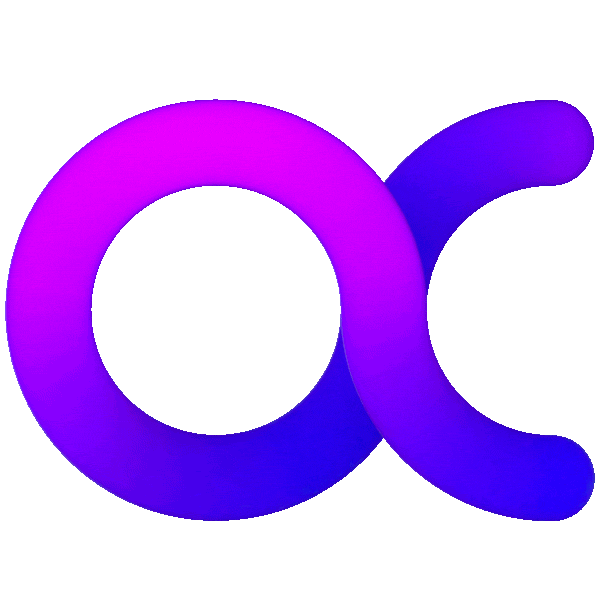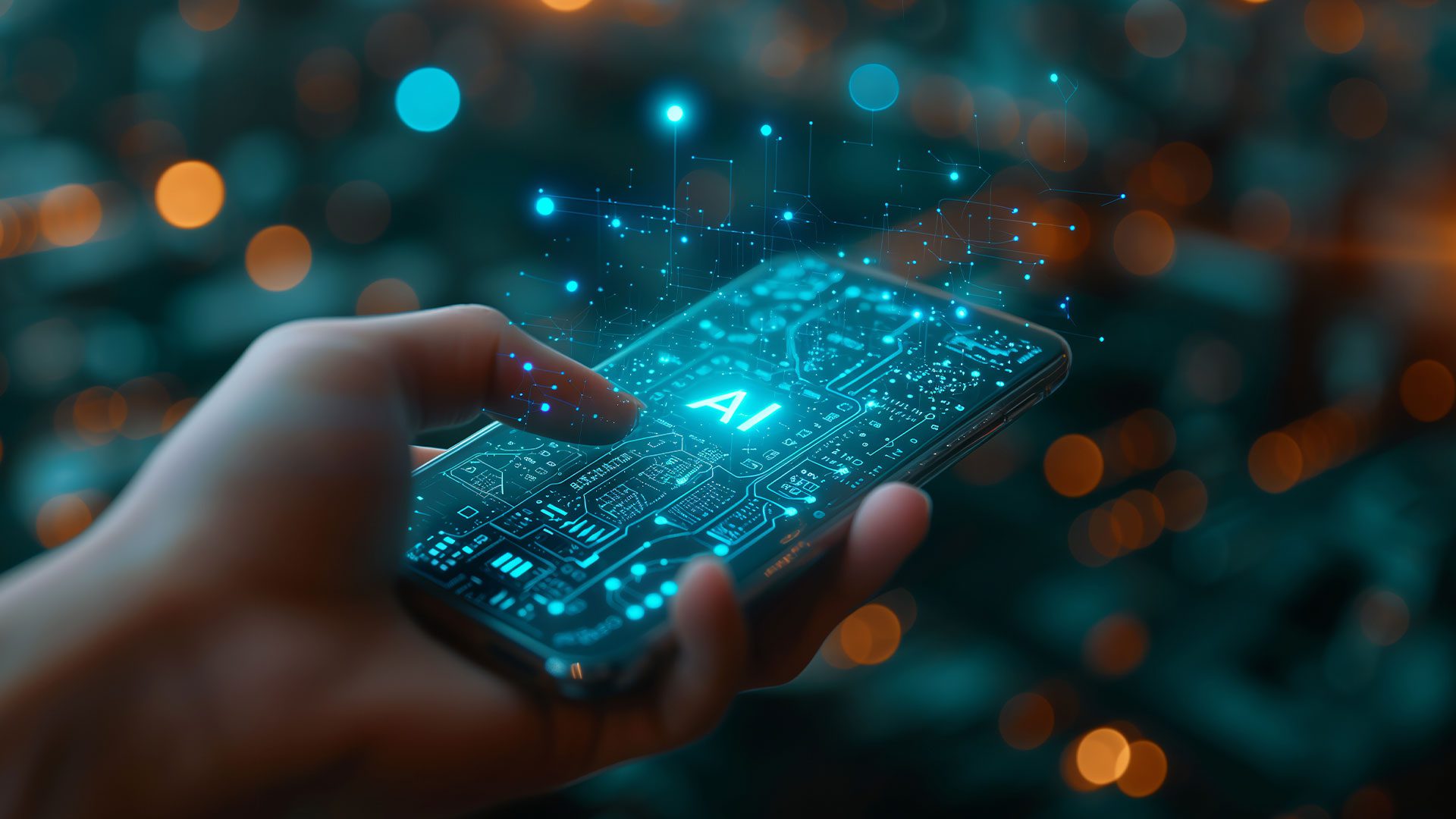Based on a technology developed by OpenAI, ChatGPT is a language model that can generate text based on a given prompt. The technology has been trained to interact conversationally, which gives it an almost human-like quality. Content creators the world over are fearing for their jobs, but should they be?
Using ChatGPT
As with most AI programmes, ChatGPT is useful if used for ideas on a topic. Entering a prompt will provide a mountain of information; the more specific you are, the better the content. For a step-by-step guide on using ChatGPT, click here.
Don’t be fooled into thinking this is an easy way to create content at scale. Using this tool is not an easy out. The programme provides the finished piece, but it’s still a good idea to go over it with a skilled eye. What the technology lacks is the human touch. There is no emotional connection because a robot can’t be taught to feel. Adding this emotional connection is necessary for you to speak to your customers in the way needed to drive brand trust and conversions.
How can it be used in a marketing context?
While this technology can’t replace a human being entirely, it can speed up content output. So, apart from blogs and articles, how else can ChatGPT be applied in a marketing context?
Product descriptions
ChatGPT can be trained on a dataset of existing product descriptions and then used to generate new, unique descriptions for similar products. This can save a company time and resources, as they won’t have to manually write descriptions for every product.
Social media content
By providing ChatGPT with a prompt about a specific topic or event, it can generate a variety of social media posts that can be used to engage with followers. For example, we prompted ChatGPT with “write ten funny tweets about the new iPhone”.
Verbatim, this is what it came up with in under 20 seconds:
- “The new iPhone has a built-in ‘drop prevention’ feature, but it only works if you’re in a padded room #AppleFail”
- “The new iPhone can take photos of ghosts. Finally, proof that I’m not crazy. #paranormal #Apple”
- “The new iPhone has a feature that automatically deletes all your ex’s number. #Upgrade #ThankyouApple”
- “The new iPhone has a ‘find my car’ feature. Because apparently, we’re all drunk when we leave the mall #AppleSavesLives”
- “The new iPhone has a ‘detect sarcasm’ feature. About time #sarcasmdetection #Apple”
- “The new iPhone can make coffee. Finally, a phone that can multitask as well as I do #CoffeeLover #Apple”
- “The new iPhone can call the police if you drop it. #Overreaction #Apple”
- “The new iPhone has a feature that reminds you to charge it before you go to bed. Because we all need another thing to nag us #chargereminder #Apple”
- “The new iPhone can turn into a lightsaber. Finally, a phone that can actually cut through red tape #StarWars #Apple”
- “The new iPhone can translate baby talk. Now I finally know what my toddler wants and it’s usually just a cookie #babyspeech #Apple”
As you can see, it’s not terrible, but it can’t go live without some human editing.
Watch: Ryan Reynolds Using ChatGPT to write a Commercial
Automated customer service responses
By training ChatGPT on a dataset of common customer service questions, it can generate responses to frequently asked questions in seconds. This could save a lot of time for customer service representatives and improve the customer experience. ChatGPT can also create chatbot conversations by generating new and unique responses to similar questions.
All in all, ChatGPT is a powerful language model that can be used to generate human-like text based on a given prompt. It can be applied in various contexts, including e-commerce, social media, customer service, and chatbot conversation. If used correctly, it can save your team time and money. (And it can make jokes too!) But as a marketer, it’s vital to protect your brand by ensuring that a skilled human hand has thoroughly edited anything client-facing.




